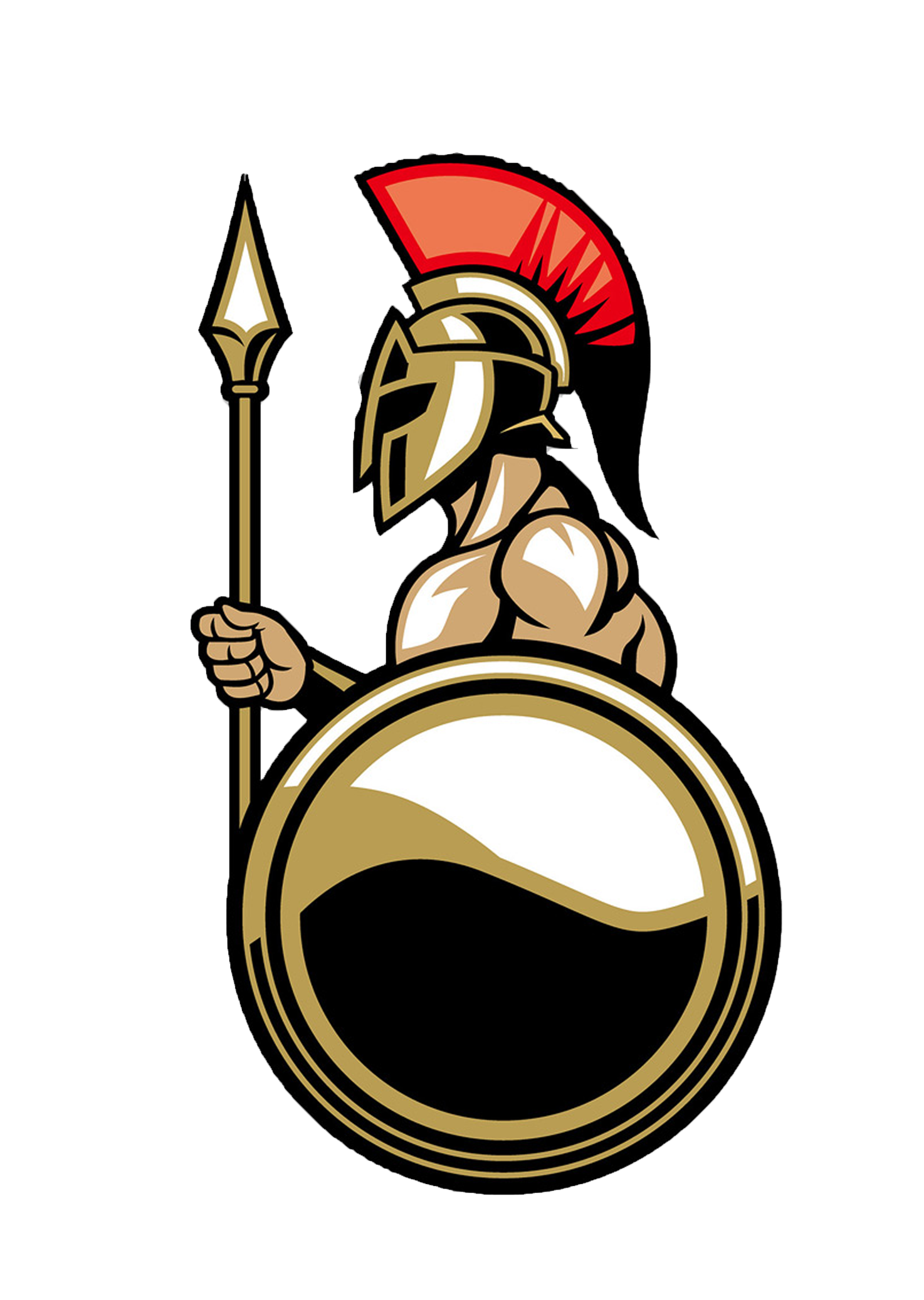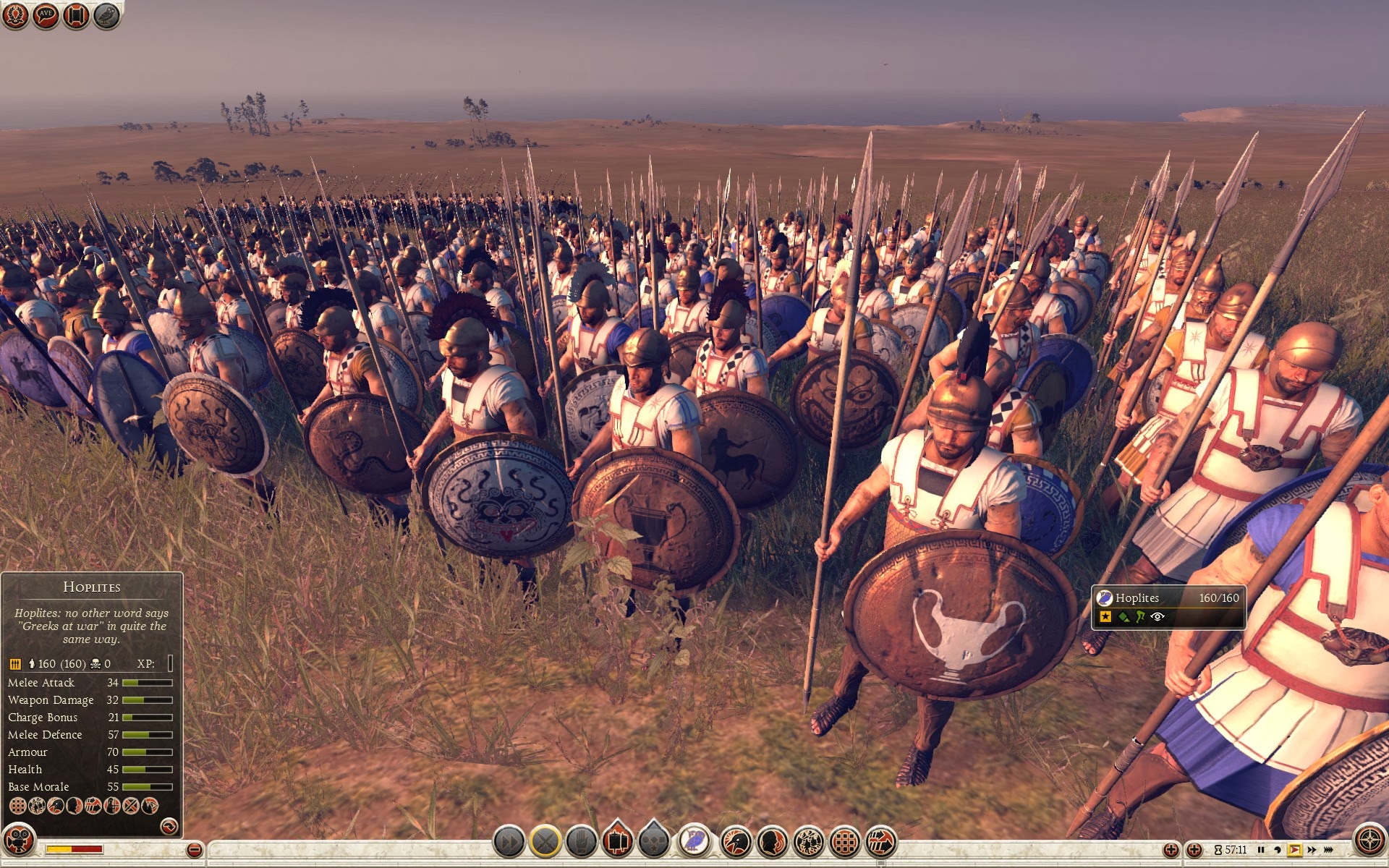

Like the diekplous, the periplous' purpose was to expose the enemy's stern for an easy ramming target. The periplous consisted of the Greek navy "sailing around" the enemy's line. This counter formation was used by Themistocles in the Battle of Artemisium.Īnother naval tactic used by the ancient Greeks was the periplous. The tight circle prevented the Greek navy from infiltrating its opponent's squadron because if the navy used the diekplous, the galley would be encircled by its enemy and rammed. This defensive maneuver was known as the hedgehog counter-formation. One way opponents countered the diekplous was by retreating their fleet into a tight circle with the prows of their ships facing outward. One reason why the tactic became less useful was that enemies quickly developed defensive tactics against it. Īlthough the diekplous is considered to be one of the most effective maneuvers in naval warfare, it was only successfully used in three battles: Lade, Chios, and Side. After the galley successfully crossed the opponent's line, the Greek ships would turn around and attack the susceptible side of the opponent's vessel. The maneuver consisted of Greek ships, in line abreast, rowing through gaps between its enemy's ships. The diekplous was an ancient Greek naval operation used to infiltrate the enemy's line-of-battle.

In order to continue being successful, the Greek navy had to create new tactics and technology to be able to conquer its opponents. This battle formation was also so successful for the Greek navy that their opponents began to utilize it as well. During this battle, the Athenian navy was attacked before it could transition into its battle formation. The abreast formation was used in almost all of the naval battles, except during the Battle of Naupactus. This formation also provided the Greek fleet with protection by shielding the most vulnerable parts of the ships, which were the sides and the stern. With the entire fleet alongside each other, there were more rams available to attack the opponent. Offensively, it allowed the ancient ships' main weapon, the ram, to be easily accessible. This abreast formation acted as both an offensive and defensive tactic.

The battle line consisted of ships lined up side by side, facing the enemy. However, at first sight of enemy ships, the Greek navy would turn to starboard or port to form its line for battle. In open sea, the Greek navy would sail in an upside-down ship formation, led by the commander's ship.

They were also one of the greatest armies/naval forces in ancient times. Developing new techniques for the revolutionary trireme, and staying true to their land-based roots, the Greeks soon became a force to be reckoned with on the sea during the 5th century. It was not uncommon for ships to beach and battle on land as well. Greek naval actions always took place near the land so they could easily return to land to eat and to sleep, and allowing the Greek ships to stick to narrow waters to out-maneuver the opposing fleet. The Greeks' success on land easily translated onto the sea. Several similarities existed between them, suggesting that the mindset of the Greeks flowed naturally between the two forms of fighting. The Greek navy functioned much like the ancient Greek army. ( March 2014) ( Learn how and when to remove this template message) Please help improve it by rewriting it in an encyclopedic style. This article is written like a personal reflection, personal essay, or argumentative essay that states a Wikipedia editor's personal feelings or presents an original argument about a topic.


 0 kommentar(er)
0 kommentar(er)
